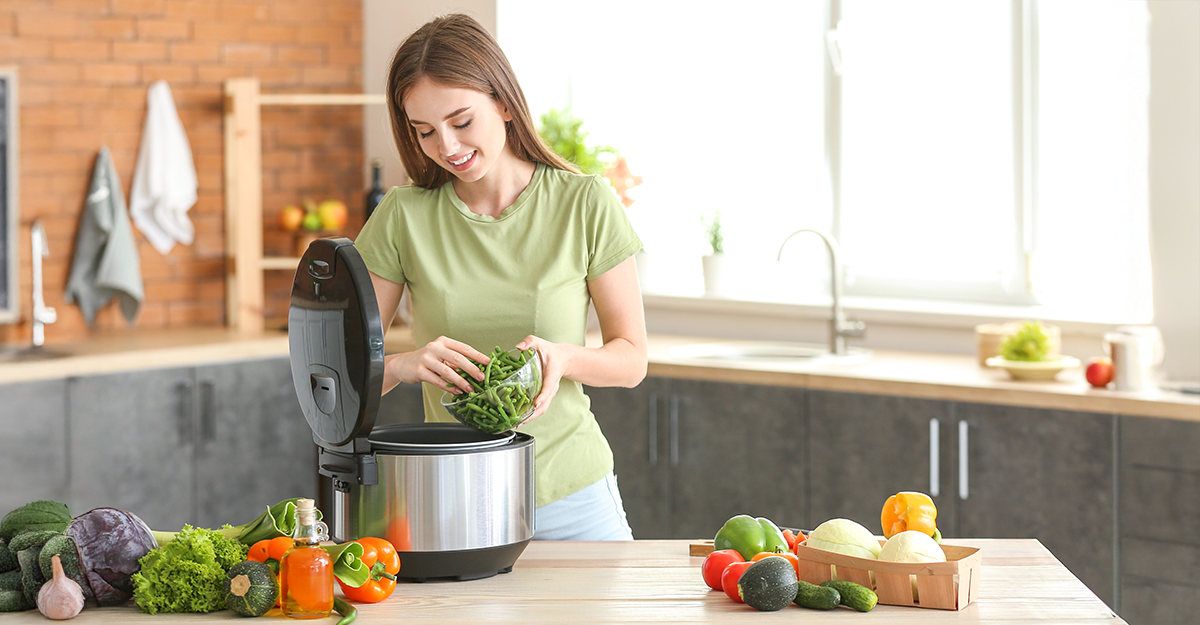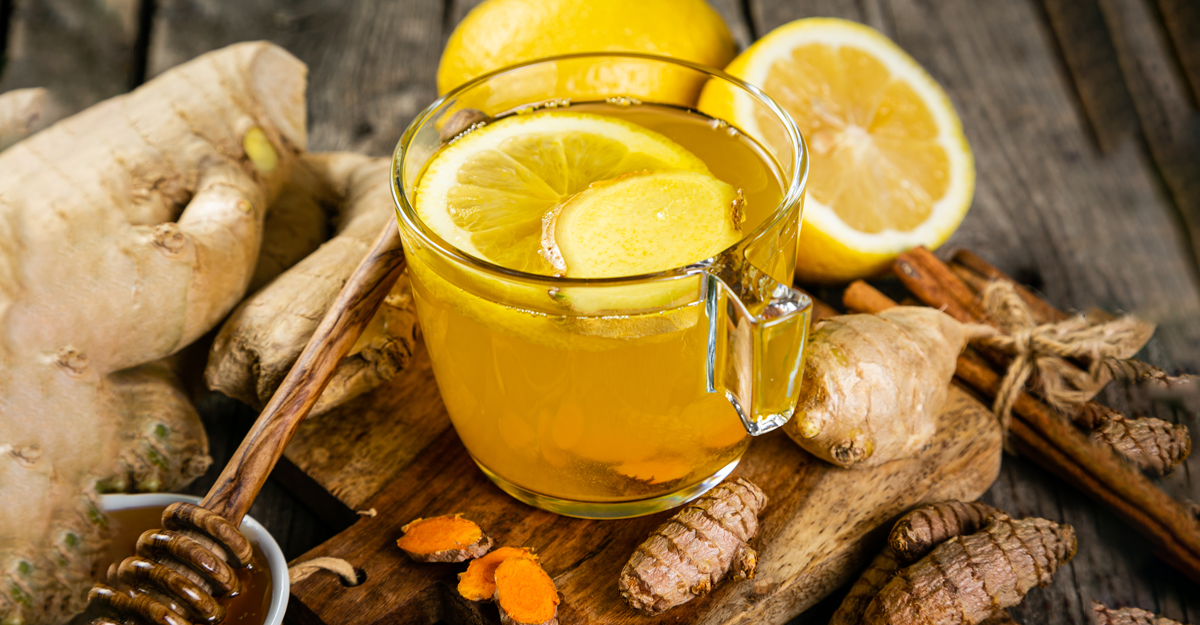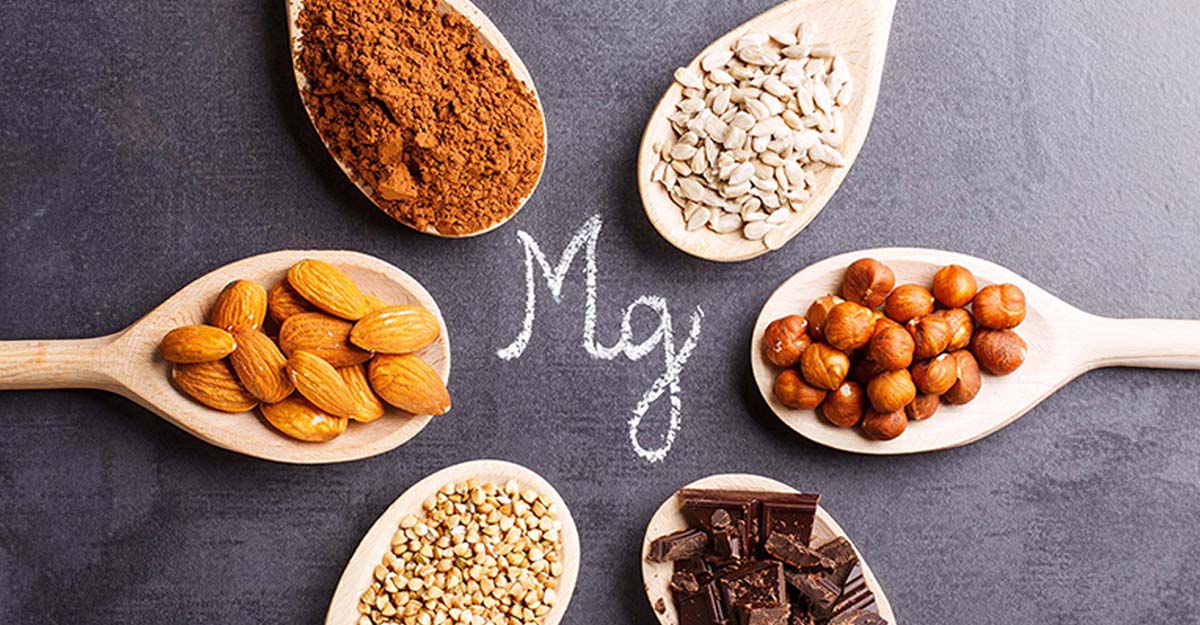
If you’re trying to save time on meal prep, but slow cooker recipes just aren’t coming out right, then this is the article for you. We’ll explore practical tips on how to fix slow cooker recipes so you can turn watery, bland, or just boring recipes into memorable meals. Using pantry staples like bone broth, natural sweeteners like stevia, and nutrient-rich ingredients like pumpkin seeds and hazelnut, which are all available from Natural Healthy Concepts (NHC), you can learn to adjust textures, boost flavor, and salvage your slow-cooked meals.
Basics on how to fix slow cooker recipes
If you want to enjoy slow cooker recipe success, use the advice below on how to fix slow cooker recipes.
Choose the right cut of meat for your recipes.
For example, fatty and tough meat cuts like chuck roasts, short ribs, pork shoulders, and lamb shanks, for example, can become beautifully tender when cooked on low heat in a slow cooker. Leaner cuts, on the other hand, like pork tenderloin, can become dry since there is little to no fat in them to keep the meat moist.
Don’t peek during cooking time.
Every time you open the lid of the slow cooker, you disturb the steaming process, which can slow down cooking. So, just be patient and let the slow cooker do its magic.
Prep certain ingredients before slow-cooking.
You can certainly just throw fresh veggies and meats in the pot and close the lid, but they may not taste their best once cooked. That’s why it’s best to heat up a pan over the stove top, melt some butter, and brown your meat for about a minute on each side before placing in the slow cooker pot. It also helps to sauté any veggies like carrots, onion, and celery for about 5 to 7 minutes before putting in the slow cooker to gently caramelize them and in turn bring out their natural sweetness before slow cooking.
Avoid using frozen vegetables.
It’s ok to enjoy frozen vegetables on an average day, as they can provide not only convenience, but comparable nutrition to fresh vegetables. (Source 1) However, when preparing slow cooker recipes, frozen vegetables can become watery and mushy, which can lower the quality of your slow cooker recipes, not to mention it could potentially lower the temperature of your recipe into an unsafe temperature zone.
Organize your pot well for best results
To make sure your slow cooker recipes turn out right, be sure to add your ingredients strategically. First of all, this means not adding too many ingredients to the pot. Just fill your pot no more than two-thirds full so as to avoid overcrowding that could lead to undercooking. Also, layer your ingredients to be sure everything cooks optimally. Place root vegetables like potatoes, rutabaga, and carrots on the bottom so they can properly soften, while placing meats and proteins on top.
Add ingredients in the right order and amount
If your slow cooker recipe calls for a dairy product, do not add in until the last 15 minutes of cooking or it could break down, which could result in a lackluster sauce. Also, since the lid will be closed, and alcohol cannot evaporate like it would in a pan, add a smaller portion of cooking wine and such than you normally would, in order to avoid an off-putting flavor profile.
Unique ingredients to enhance your slow cooker recipes
Along with your standard bouillon, root vegetables, and spices, let’s explore other ways to add flavor and nutrition to your slow cooker recipes. Let’s start by exploring the all-popular slow cooker pot roast recipe.
Add variety to slow cooker pot roast
The basic slow cooker pot roast recipe typically involves adding beef broth, beef chuck roast, and vegetables like carrots, onions, celery, and potatoes. For extra protein, consider adding a bone broth like Ancient Nutrition Bone Broth Protein that contains 15 grams of protein and just 145 milligrams of sodium per scoop. This protein-rich broth comes in chicken, butternut squash, and pure turmeric flavor if you’re looking to add a unique flavor to your pot roast recipe.
For another twist on pot roast, try this recipe that can transform this dish into a fun-to-eat sandwich option you can enjoy for lunch or dinner.
Add crunch to slow cooker recipes
Hazelnuts
Many slow cooker recipes provide limited textured meals with soft meats and veggies in a broth or sauce. If you’re craving crunch in your recipes, try adding some nutritious additions like nuts or seeds. NOW Foods Hazelnuts are a savory, dry-roasted hazelnut product that provides 4 grams of protein and 3 grams of gut-friendly fiber per 28-gram serving, along with brain-supporting antioxidants. (Source 2) Add hazelnuts on top of creamy soups or on macaroni and cheese, as well as in slow-cooker bread puddings, in oatmeal, or for a unique flavor and texture addition.
Pumpkin seeds
When it comes to seeds, try NOW Foods Organic Pumpkin Seeds Unsalted. Just ¼ cup of these seeds provides 11 grams of protein and 2 grams of protein, as well as antioxidants like carotenoids, vitamin E, and zinc. (Source 3) You can add pumpkin seeds as a topping to slow cooker soups and savory pasta dishes for extra texture and nutrition.
Crunchy vegetables
Finally, you can add canned corn to soup and stew recipes for extra crunch and fiber, as well as add more color to your favorite slow cooker recipes. Not to mention, you can find many corn recipes online to prepare in the slow cooker. Examples of corn recipes include creamed corn, cheesy corn, or corn pudding, to name a few. If none of these corn recipes sound good to you, you can also add crunch to slow cooker recipes by adding vegetables like green beans, bell peppers, or cabbage.
Sweeten slow cooker recipes
If you’re thinking about making oatmeal or dessert dishes in your slow cooker, but don’t want to consume so much sugar, try stevia. NOW Foods Better Stevia Sweetener Packets provide a no-calorie alternative to sugar. For every one tablespoon of sugar in your recipe, use just 1/4 teaspoon BetterStevia.
No matter how you need to fix your slow cooker recipe, remember that there is almost always a solution to make it more delicious and nutritious.
References
- https://www.sciencedirect.com/science/article/abs/pii/S0889157517300418
- https://pubmed.ncbi.nlm.nih.gov/36745946/
- https://pmc.ncbi.nlm.nih.gov/articles/PMC11898833/
* These statements have not been evaluated by the Food and Drug Administration. The products mentioned are not intended to diagnose, treat, cure, or prevent any disease.




